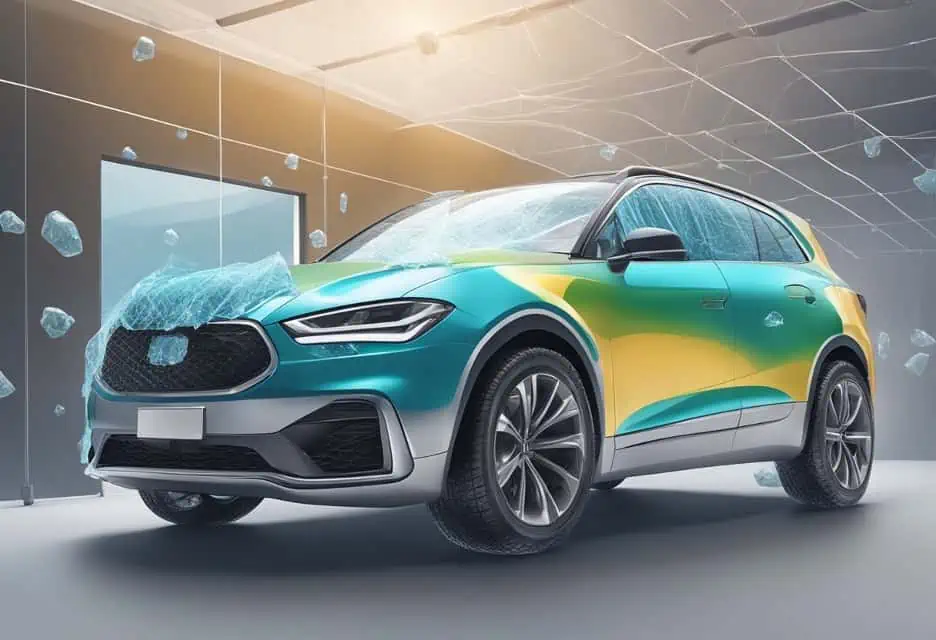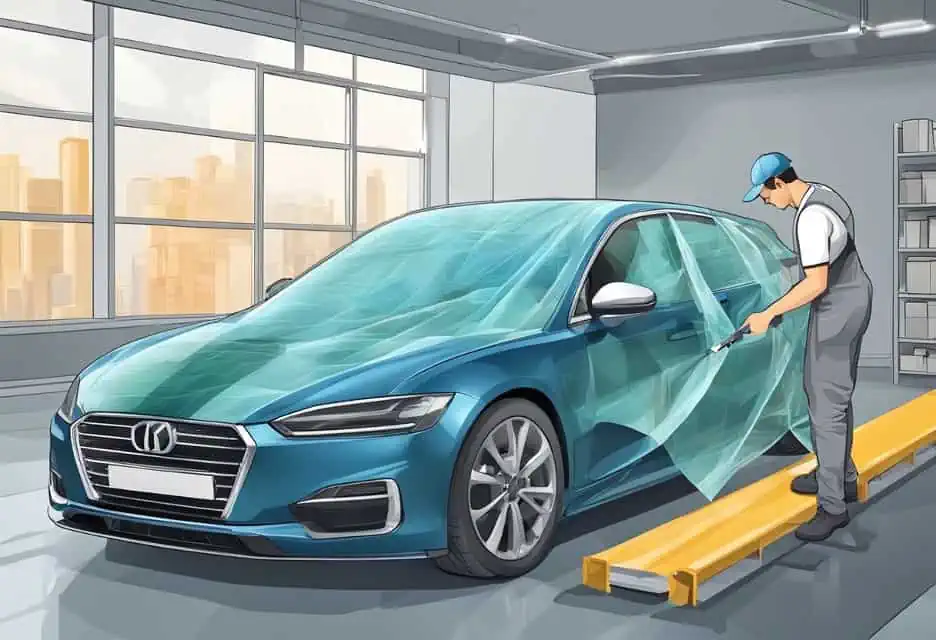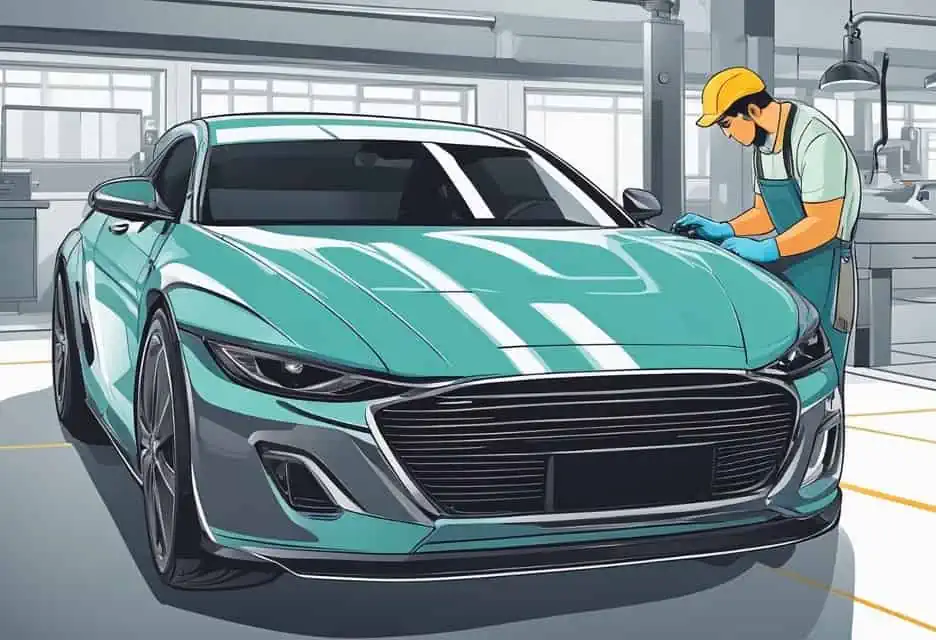Paint protection film has become a popular investment for car owners who want to keep their vehicles looking new. The film is a clear, thin layer that is applied to a vehicle’s paint to protect it from scratches, rock chips, and other types of damage.
While it is a worthwhile investment, the cost of PPF can vary depending on several factors.
One of the most significant factors affecting the cost of paint protection film is the size of the vehicle. Larger vehicles require more film to achieve complete coverage, which increases the cost. Additionally, the complexity of the installation can also affect the price. Installers may charge more for vehicles with intricate shapes and curves that require more time and effort to cover.
The quality of the film is another factor that can affect the cost of paint protection film. Higher quality films offer better protection and longevity, but they typically come at a higher price. Factors like thickness, clarity, and self-healing abilities can all impact the cost of the film.
It is essential to consider all of these factors when deciding on the cost of paint protection film for a vehicle.
Factors Influencing PPF Cost

When it comes to the cost of paint protection film (PPF), there are several factors that come into play. In this section, we will explore the most significant factors that affect PPF cost.
Material Quality and Type
One of the most significant factors that influence PPF cost is the quality and type of the film used. PPF comes in different grades and types, and the quality of the film can vary depending on the manufacturer. Higher-grade PPF is typically more expensive, but it offers better protection and lasts longer.
The thickness and clarity of the film also affect the cost of PPF. Thicker films are more expensive, but they offer better protection against scratches and rock chips. Clearer films are also more expensive but offer better visibility.
Extent of Vehicle Coverage
The extent of vehicle coverage is another significant factor that affects PPF cost. PPF can be applied to the entire vehicle or just high-impact areas such as the front bumper, hood, and side mirrors. Full-body coverage is more expensive but provides comprehensive protection. Partial front coverage is less expensive but offers limited protection.
Installation Complexity
The complexity of the installation process is another factor that affects PPF cost. Curved surfaces and complex body lines require more effort and skill to install, which can increase the labor costs. Professional installation is recommended to ensure that the film is installed correctly and does not bubble or peel.
The installation method used can also affect the cost of PPF. Some installers use pre-cut templates, while others prefer to cut the film on the vehicle. Pre-cut templates are faster but may not fit as well as custom-cut films.
Conclusion

Paint protection film (PPF) is a great investment for car owners who want to protect their vehicles from everyday wear and tear, environmental damage, rock chips, scratches, and swirl marks. While the cost of PPF installation may seem high at first, it is a cost-effective solution in the long run.
PPF offers many benefits, including peace of mind, protection, durability, and self-healing properties. It can also enhance the resale value of a vehicle by keeping the paint in excellent condition.
When considering the cost of PPF, it is important to keep in mind the total square footage of the vehicle’s surface that needs to be covered, the type of PPF film used, the complexity of the installation, and the reputation of the installer. It is also important to budget for maintenance and warranty costs.
PPF has a long lifespan and is made of high-quality urethane that resists peeling, fading, and yellowing. PPF does not require waxing and can maintain the appearance, gloss, and shine of a car’s paint.
Overall, PPF is a transparent, aesthetically pleasing, and effective way to protect a car’s paint job. By investing in PPF, car owners can enjoy peace of mind and protect their vehicles for years to come.


I see your article has, in my observation, failed to deal with this process clearly and may lead to consumer confusion. I would not like readers not to be adequately informed over all the choices available. I understand that only TST process actually cleans the clear coat/paintwork WITHOUT CUTTING the clearcoat or paintwork before applying the protection. The TST process is like starting by cleaning the pores of your skin without damaging your skin.
The process is a physical one rather than a chemical one as some seem to say.
So a new car owner has a choice, either cut the clearcoat/actual paint or not.